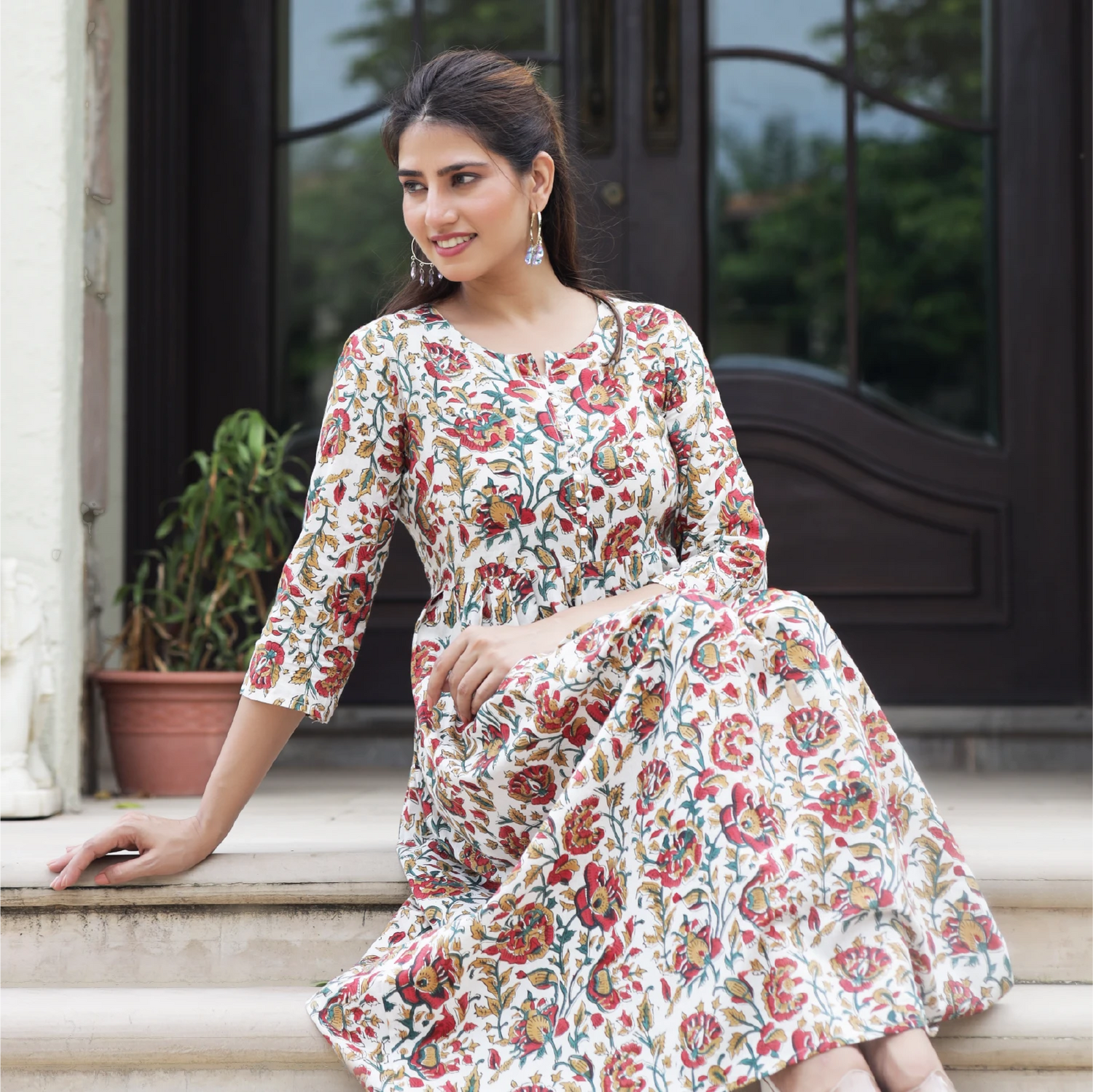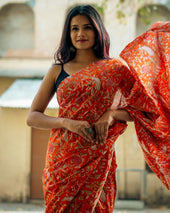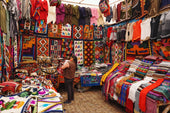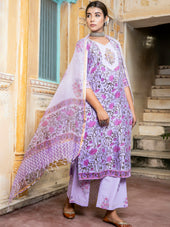
The Fascinating History of Hand Block Printing in India
Share
Hand block printing, a traditional art form, has been an integral part of India's rich cultural heritage for centuries. This technique involves using intricately carved wooden blocks to imprint patterns on fabric, creating stunning designs that are celebrated worldwide. For fashion enthusiasts and history lovers alike, understanding the journey of hand block printing offers a glimpse into the craftsmanship and artistic brilliance that define this age-old practice.
The Origins of Hand Block Printing
The history of hand block printing in India dates back to ancient times, with evidence suggesting its presence as early as the 3rd century BCE. The earliest mentions of this art form can be found in the ancient texts and scriptures of the Indus Valley Civilization. The craft flourished during the Mughal era, gaining royal patronage and evolving into a sophisticated art form.
Key Historical Milestones
- Indus Valley Civilization: Early traces of block printing can be linked to the Indus Valley, where dyed cotton fabrics have been discovered in archaeological sites.
- Mughal Influence: The Mughal era saw a significant transformation in hand block printing, with intricate designs and motifs inspired by Persian art and culture.
- Colonial Period: The British colonization introduced new techniques and dyes, further enriching the craft.
The Craftsmanship Behind Hand Block Printing
Hand block printing is not just an art; it's a labor of love and meticulous craftsmanship. The process involves several stages, each requiring skill and precision.
Carving the Blocks
The first step in hand block printing is carving the wooden blocks. Craftsmen, known as block makers, meticulously chisel intricate patterns into blocks made from teak or seasoned wood. These blocks, often passed down through generations, are cherished possessions of the artisans.
Preparing the Fabric
The fabric, usually cotton or silk, is washed to remove impurities and treated with a mordant to ensure the dye adheres properly. It is then stretched on a flat surface, ready for printing.
Dyeing and Printing
The dyeing process involves using natural dyes extracted from plants, minerals, and other natural sources. The wooden blocks are dipped in the dye and pressed onto the fabric with precision, creating beautiful patterns. This process is repeated multiple times, depending on the complexity of the design.
Drying and Finishing
Once the fabric is printed, it is dried in the sun to fix the colors. The final step involves washing and ironing the fabric to enhance its vibrancy and softness.
The Aesthetic Appeal of Hand Block Printing
Hand block printing is renowned for its unique aesthetic appeal. The slight irregularities in the print, a result of the hand-crafted process, add to the charm and exclusivity of each piece. The designs range from floral and geometric patterns to motifs inspired by nature, mythology, and Mughal architecture.
Popular Patterns and Motifs
- Floral Designs: Flowers and leaves are common motifs, symbolizing nature and beauty.
- Geometric Patterns: Symmetrical shapes and lines create striking visual effects.
- Animal and Bird Motifs: These designs often depict elephants, peacocks, and other creatures, reflecting India's rich wildlife.
- Mythological Themes: Stories from Indian mythology are artistically represented through intricate block prints.
Regional Variations in Hand Block Printing
India's diverse culture is reflected in the regional variations of hand block printing. Each region has its unique style and technique, adding to the rich tapestry of this craft.
Rajasthan
Rajasthan, particularly Jaipur and Bagru, is renowned for its vibrant block prints. The Bagru and Sanganeri styles are famous for their bold colors and intricate floral patterns. The use of natural dyes like indigo, turmeric, and pomegranate makes these prints eco-friendly and timeless.
Gujarat
Gujarat's Ajrakh printing, primarily practiced in Kutch, is known for its complex geometric patterns and deep, earthy colors. The technique involves multiple stages of dyeing and resist printing, creating mesmerizing designs.
Madhya Pradesh
The Bagh prints of Madhya Pradesh feature red and black designs on a white background. The motifs often include paisleys, vines, and flowers, reflecting the region's natural beauty.
Hand Block Printing in Contemporary Fashion
Today, hand block printing is celebrated not only in India but globally. Designers and fashion brands incorporate this traditional craft into modern apparel, accessories, and home decor. The unique blend of tradition and contemporary style appeals to fashion-conscious women who appreciate the artistry and heritage behind each piece.
Sustainable Fashion
In an era where sustainability is paramount, hand block printing stands out as an eco-friendly choice. The use of natural dyes and organic fabrics aligns with the principles of sustainable fashion, making it a preferred choice for environmentally conscious consumers.
Celebrity Endorsements
Hand block printed garments have been embraced by celebrities and fashion icons, further boosting their popularity. From casual wear to high-end couture, the versatility of block prints makes them a staple in many wardrobes.
Conclusion
Hand block printing in India is more than just a craft; it is a testament to the country's rich cultural heritage and artistic prowess. The intricate designs, vibrant colors, and sustainable practices make it a cherished art form that continues to inspire and captivate fashion enthusiasts worldwide. By embracing hand block printed pieces, you not only celebrate timeless elegance but also support the skilled artisans who keep this beautiful tradition alive.
So, the next time you drape a hand block printed saree or adorn your home with block printed decor, remember the history and craftsmanship that have gone into creating that piece of art. Celebrate the beauty of tradition and the magic of hand block printing, a true embodiment of India's artistic legacy.























































